Should you be sipping instead of chewing?
If you lead a busy life, perhaps with a demanding job, a family, or an eventful social life, and you want to maintain a healthy lifestyle, making time to exercise and eat well is not always given.
Liquid meals came into the world as an alternative to real food, taking away the hassle of doing groceries, preparing food, and cleaning up afterwards.
They’re not meant for weight loss, but rather to provide all the nutrition you need in one simple, powdered format. The promise is a completely balanced meal to simplify your life so that you can focus on whatever you need to do.
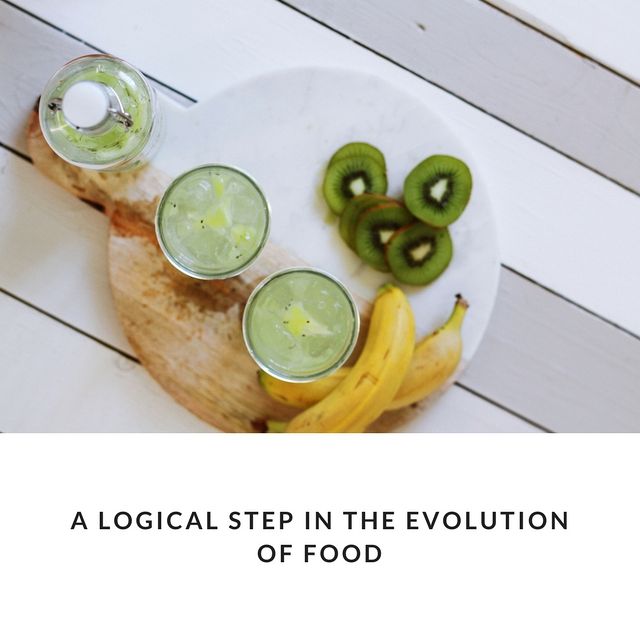
The idea of a ‘future food’ that makes you never have to worry about food again is not new. It has been coined as an answer to the world’s food crisis and – by feminists back in the day – as a way to liberate women from the drudgery of the kitchen.
Liquid meals also make sense for astronauts that need wholesome nutrition, ‘sippable’ through a straw. But back on earth, it appeals to hikers, the elderly, students, or just anyone who needs a quick and healthy alternative to make it all happen.
One of the most-buzzed-about liquid meals started as a futuristic self-experiment in nutrition by a software engineer. It quickly gained popularity, especially among techies in Silicon Valley looking for a way to reduce the time ‘wasted’ on eating food to be more productive and work harder.
Today, the quality of the ingredients has largely improved. There has been a surge of European brands offering liquid meals with ‘healthy’ ingredients. Many are 100% plant-based, free from GMO’s and allergens, with low glycemic index and a full spectrum of protein, carbohydrates, healthy fats, fibre, vitamins and minerals.
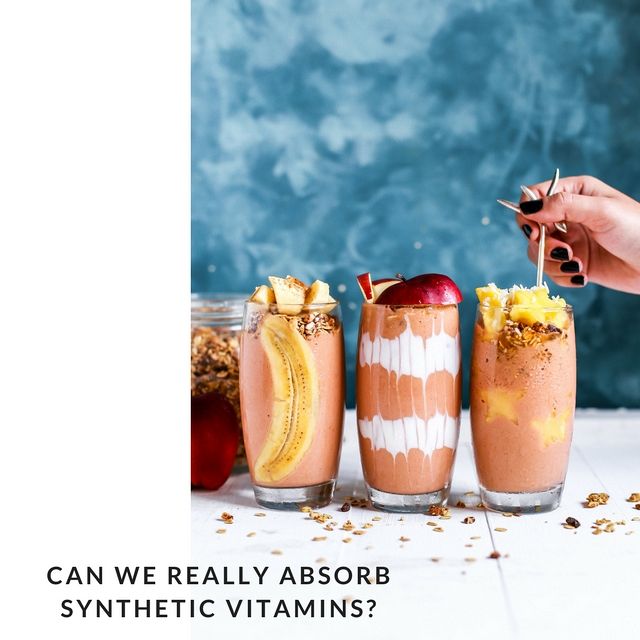
“In terms of nutritional value, liquid meals often get it right,” said Charlotte Debeugny, nutritionist and author. The question is whether synthetic vitamins and minerals are absorbed as effectively as micronutrients in real food. Scientists are divided on the matter.
Added vitamins and minerals are synthetically manufactured to create a faster and cheaper version of the real nutrients. Using ‘real’ vitamins is tricky because the amounts per fruit or vegetable cannot always be guaranteed by suppliers. One orange may contain 15 grams of vitamin C, while another one has 70 grams. Lab-formulated substances are much more stable.
According to Personal Trainer Guy Droog, synthetic vitamins are just as well absorbed as natural ones. “It is a common misconception that natural things are automatically better or more healthy,” he explains, “the two don’t differ from one another on a molecular level, they just came into existence differently.”
And if our bodies do absorb synthetic forms, there is also the risk of adding in too much. Soylent came under fire in 2015 for its high levels of lead and cadmium content. Overdosing on vitamins or minerals from real food is a much bigger challenge. You would have to eat a hell of a lot of bananas to take in too much potassium.
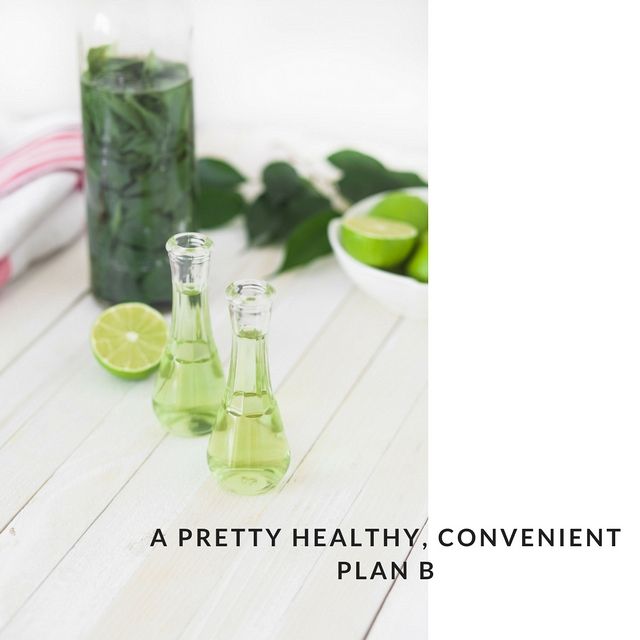
Most brands today do not promote the more extreme idea of replacing all conventional meals with a single product. Instead, they advise using their products as an occasional substitute for a functional meal, when you’re in a rush, tired, stressed or simply with no motivation to cook.
Liquid meals do not equal a real, diversified meal, according to Dietician-Nutritionist Constance Borie. “Yet hey may come in handy to replace a meal, which is better than skipping it completely.”
It is also better than turning to fast food. “A lot of people who try to watch what they eat – and fail – say they don’t have the time to prepare healthy meals. In that case, liquid meals are a much better alternative,” Droog said.
Compared to ‘regular’ products, liquid meals tend to have quite high nutritional standards, Droog said. Because they’re often targeted towards ‘fitness-minded’ people, who care about their health and their bodies.
Taste-wise, it is hard not to be somewhat sceptical. “Although flavoured, these drinks do not necessarily provide the pleasure that helps satisfy hunger,” said Borie. Yet, there has been quite some innovation on the market. The newer brands offer a wide range of savoury and sweet flavours, including chocolate, coffee, red fruits, carrot, pumpkin, curcuma, and even spicy tomato.
Due to their convenience and improved quality, liquid meals can be a great addition to your diet. And with most products priced between € 2,50 and € 5,- a meal, they are actually quite economical. However, Debeugny suggests, if you have a larger budget, why not go for an organic ‘real’ meal delivery service?
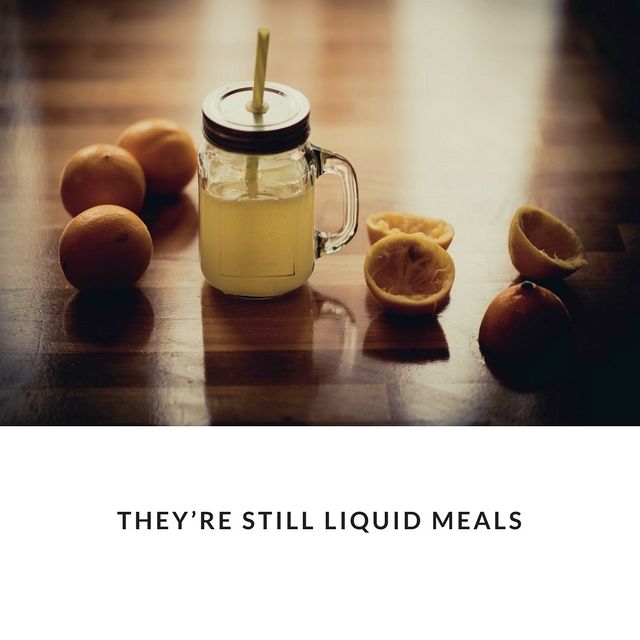
Imagine you would DIY a nutritionally complete powdered food with the most beautiful, fresh ingredients. Even then, liquid meals are still… liquid. Does that matter?
Not according to Droog. He says the macro and micronutrients don’t change just because a meal is liquid or solid. “The liquid element of the meal just makes it more practical. It’s quick, you can easily take it with you and it takes a few seconds to prepare”.
But the issue lies in satiety, Debeugny explains. With liquid meals, you need to be aware that it may take a little while until you feel full. Eating a proper meal takes about 20 minutes. Knocking down a liquid meal can be done in as few as two minutes. However, for satiety to kick in you’ll still need about 30 minutes.
Liquid meals are also very quickly digested by the stomach, Borie explains. That reduces the time of satiety, which in turn favours snacking. “There is no chewing involved, and the brain does not receive all the information indicating that it is eating,” she adds.
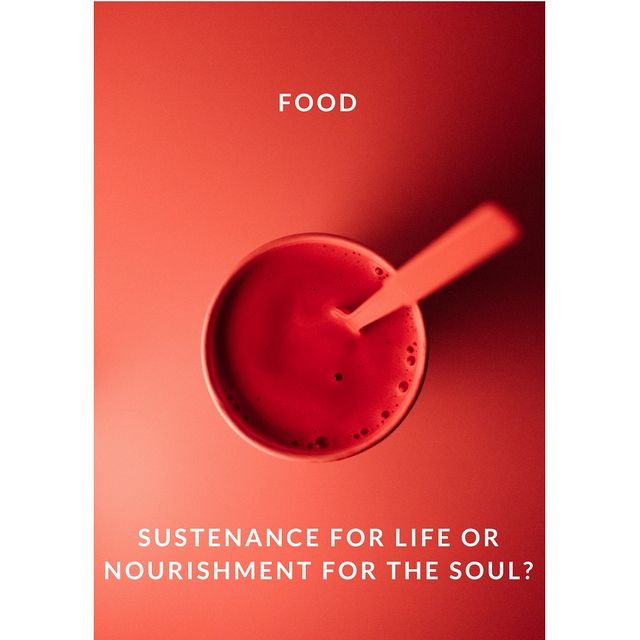
The bigger question is whether choosing a healthy liquid meal for efficiency is actually a healthy decision in itself. Liquid meals may allow us to be more productive, but instead of cramming more stuff in, maybe we should find a way to strip some things out.
“As a foodie, it would break my heart to drink a meal,” Debeugny said, pointing out the importance of preparing, sitting down and enjoying a meal. Cooking can be a form of meditation, an opportunity to be social and establish a healthy relationship with food. The more holistic approach would be to take time to eat real food, get enough sleep, and maintain stress.











